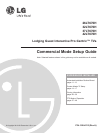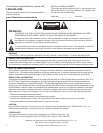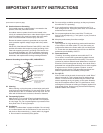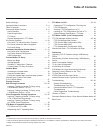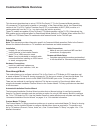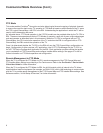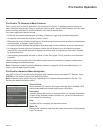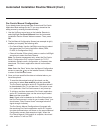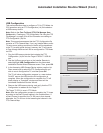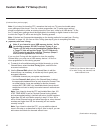
8
206-4213
FTG Mode
This mode enables Pro:Idiom
®
decryption and also allows logical channel mapping of physical channels
to remove the need for dash tuning. TV operation in FTG Mode is based on which element of the TV owns
the FTG Logical Channel Map—the CPU or the EBL. Understanding the application in which the TV will be
used is vital in determining the owner.
As indicated above, FTG mode operation in the LT670H models can be provided either by the TV CPU or
EBL. These are two separate and distinct FTG Modes of operation, each with its own unique advantages
and requirements as described later in this document. When the TV CPU is configured with an FTG
Channel Map, the CPU controls the operation of the TV, and when the EBL is configured with an FTG
Channel Map, the EBL controls the operation of the TV.
Once it is determined whether the TV CPU or the EBL will own the FTG Channel Map, conguration can
begin. Conguration of either requires a PC application—the LG FTG File Manager for the TV CPU or
the LG FTG Device Conguration Application for the EBL. Each application provides utilities that enable
you to create/edit an FTG Channel Map and congure Installer Menu settings. See pages 37 to 48 for
further information on FTG Mode operation and conguration.
Remote Management in FTG Mode
When the TV is configured for FTG Mode via CPU, remote management of the FTG Channel Map and
FTG Installer Menu settings is provided by a Pro:Centric server. Refer to the Pro:Centric™ Server Admin
Client User Guide for further information.
When the TV is configured for FTG Mode via EBL, the b-LAN module, which is internal to the TV, allows
hotel/institution head end equipment (for example, an FMA-LG101) with b-LAN technology to communicate
with the TV to provide remote management of the FTG Channel Map and FTG Installer Menu settings. See
Reference section, “b-LAN Setup & Overview,” for further information.
Commercial Mode Overview (Cont.)



